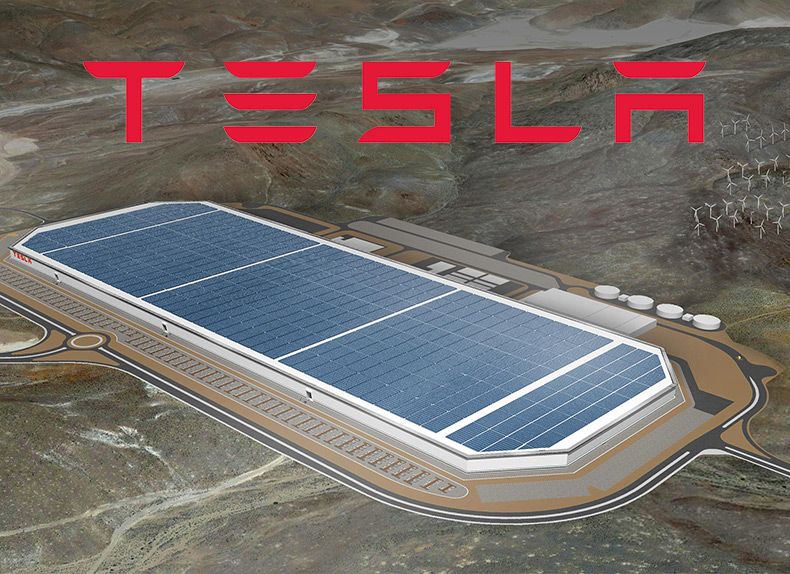Electric vehicles, automation, and renewable energies are disrupting entire industries and it’s happening quicker than most people realize.
Economists, investors and experts estimate that by 2021, oil prices will collapse, electric vehicles will go mainstream, and that by 2030, about 95% of the U.S. population will be served by electric, self-driving vehicles.
This revolution is happening in real time, not in some far off future. For investors, this dynamic creates both enormous opportunity, as well as downside risk. Some companies are moving quickly and innovating within the automotive industry, but others are stuck in the past.
General Motors just spent $17 billion on wasteful stock buybacks and, in my opinion, not pivoting quickly enough to electric. (Buybacks are believed to be a major cause of harm to the U.S. economy).
Tesla, meanwhile, is building “Giga-factories” all around the world and turning itself into the gold standard brand for fully electric, automated vehicles.
Electric vehicles are very simple to build, they only have twenty moving parts, plus the battery, versus the 2,000+ moving parts of internal combustion engine vehicles.
Analysts see trucking as an industry in decline, one that will not be in existence as we know it in the next 10 to 15 years. Yet, brokers and trucking companies are going through the highest period of demand ever in trucking, so, why is this?
Well for starters, what most analysts fail to see is that disruptions usually happen because of a convergence of a combination of technology and business model innovations and not just one technology.
The mainstream models tend to think linearly. This means that they take the number of electronic vehicle sales this year and say, look, what do I think the growth is going to be over the next few years, 11%, 12% or 15%? Then they put on the spreadsheet and see what comes out at the end. That is a linear model. It is all incremental changes.
But no successful technology has been adopted linearly. Once they get up to a tipping point, they are adopted on a super-exponential basis, until that technology grabs 80% of the market.
So what does the future hold? Well, we don’t have a definitive answer, nobody does, all we can do is prepare to see how things play out and how fast we can adjust and evolve.

